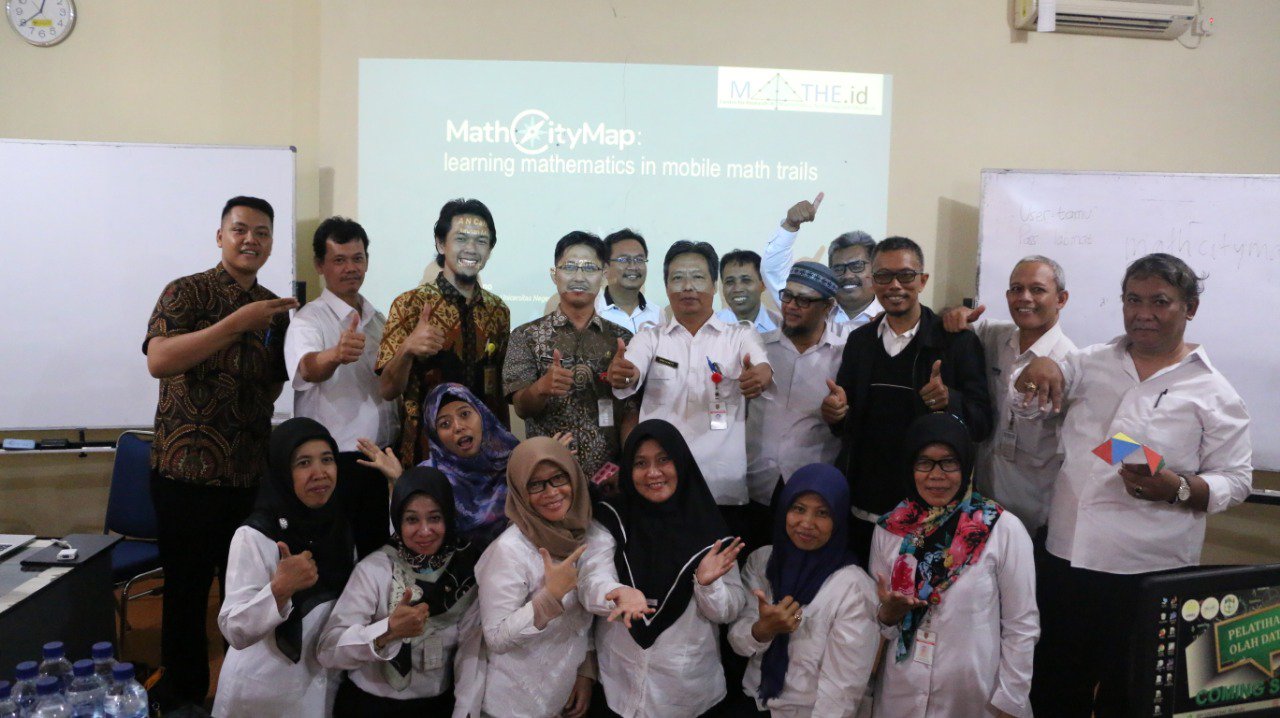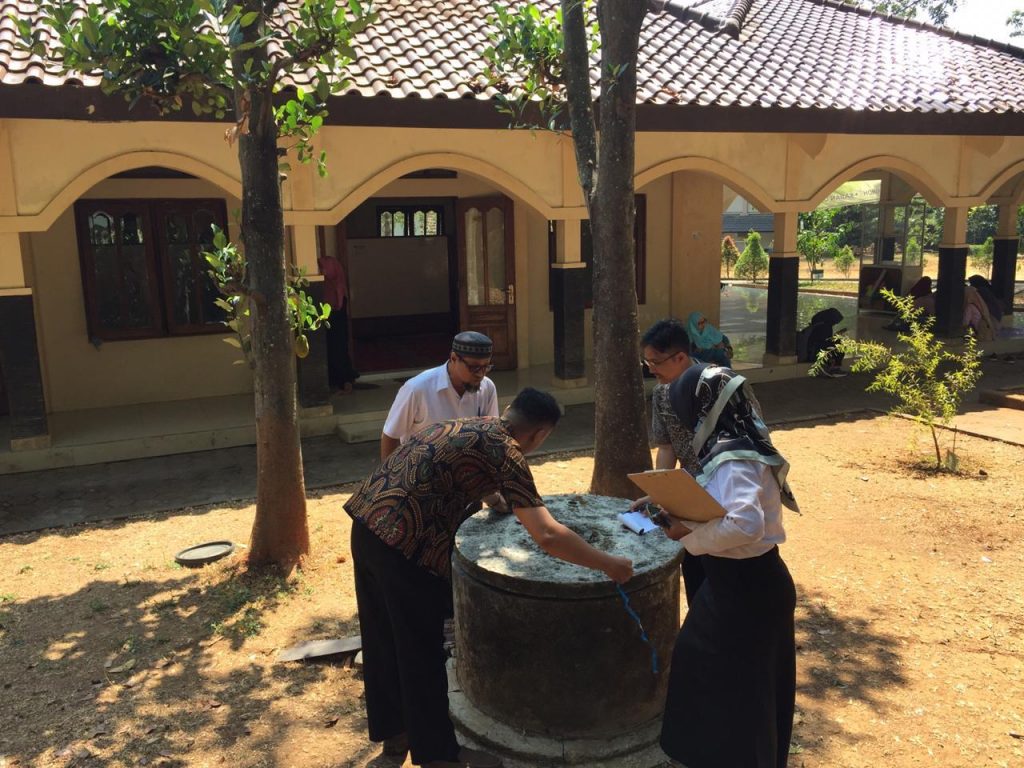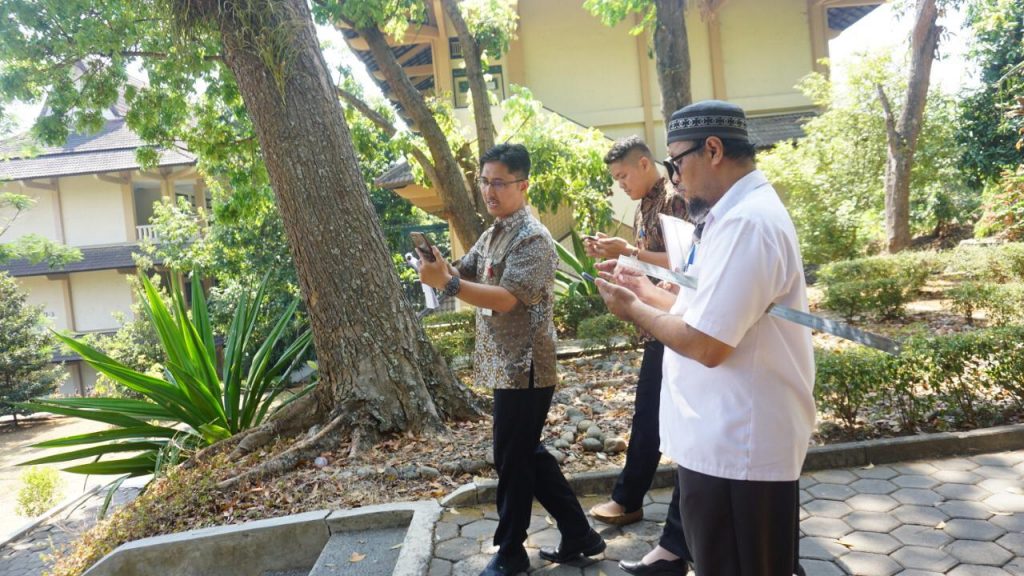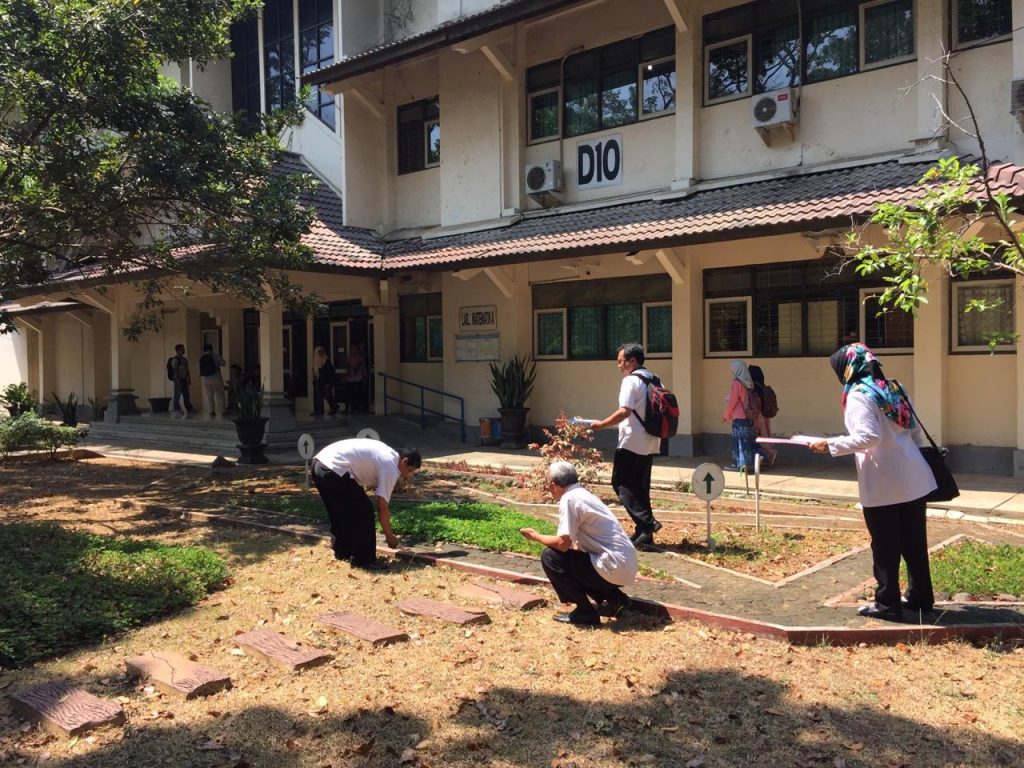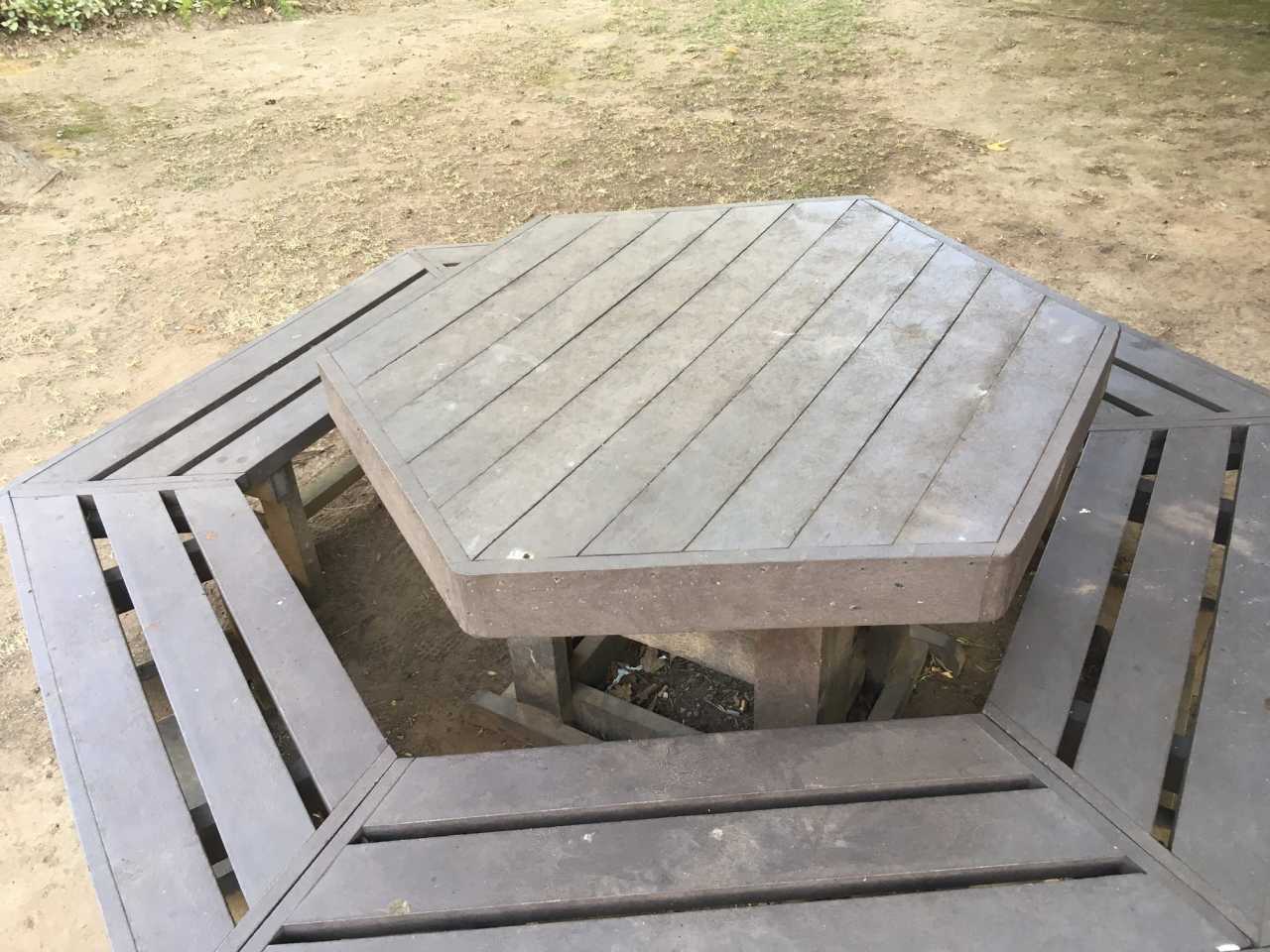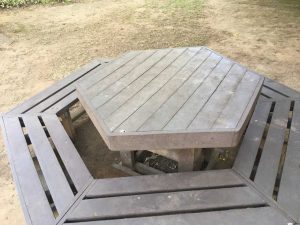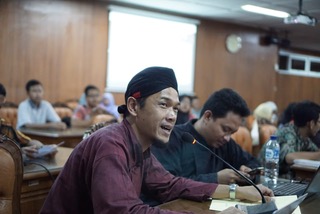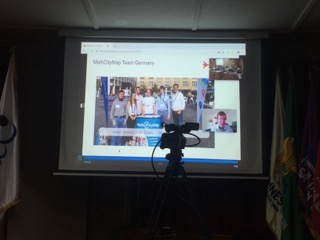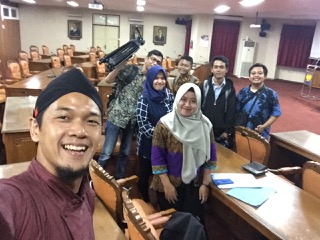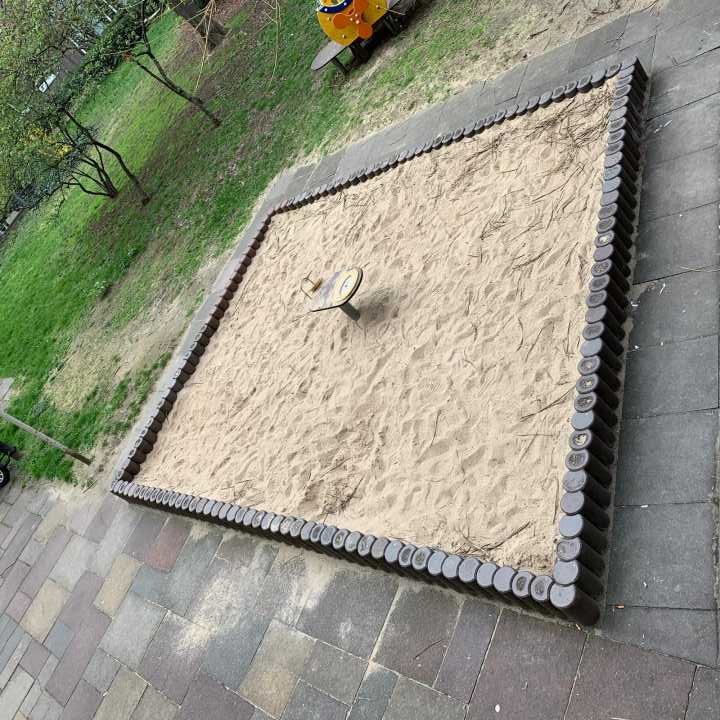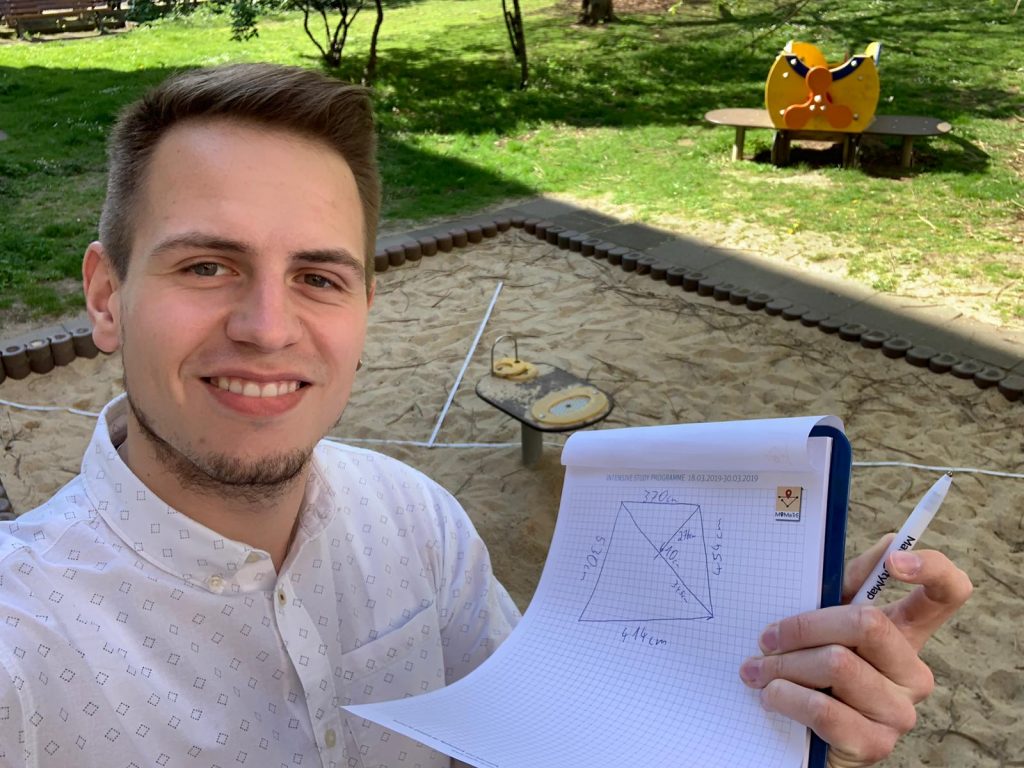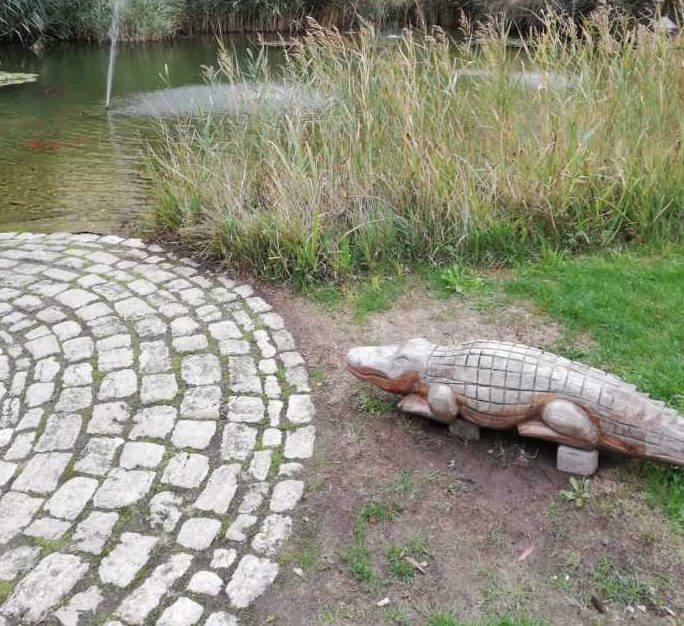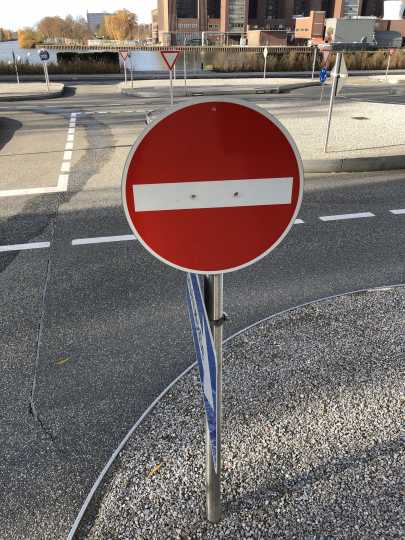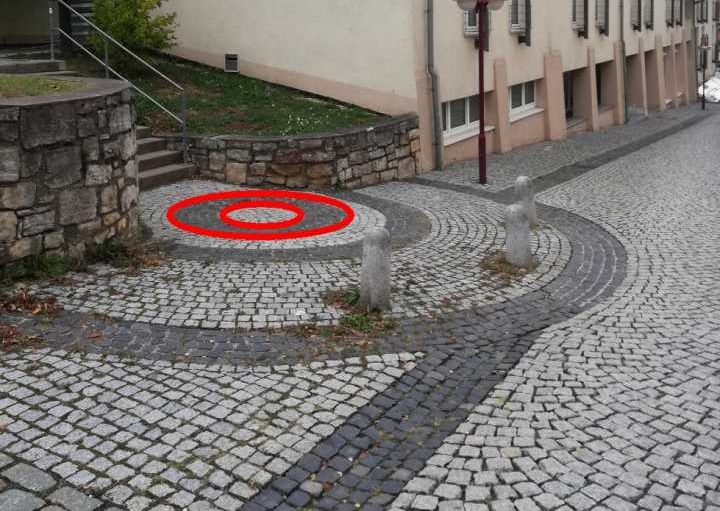Eighteen Mathematics Teachers at the Junior High School level in the city of Semarang have participated in MathCityMap training organized by the Department of Mathematics at the Semarang State University and Universitas Negeri Semarang (UNNES) in collaboration with IDMI Goethe Universität Frankfurt Germany. The training began on September 4, 2019 and was held at the Mathematics Laboratory of UNNES and the environment around the UNNES campus.
In this 32-hour training, trainees received an explanation of MathCityMap, the theory of developing mobile math trails followed by outdoor practice around campus to try out existing math trails and also create new math trail tasks and routes. Each participant is also required to create at least one math trail route in city park near the school where they work.
This program aims to disseminate the results of research in the field of mathematics education by universities so that it benefits the community, especially schools. In addition, this program is also an effort to support the SmartCity program launched by the Semarang City Government.
At present, in Semarang City several MathCityMap trails are available, such as those available at the Tugu Muda Area, Simpang Lima Shopping Center, Indonesia Kaya City Park, the Old City, the Central Java Grand Mosque Area, and several other locations. Mathtrails with MathCityMap are also available at Taman Pintar Jogjakarta, Kota Padang Sumatera, Kota Palu Sulawesi, Telaga Tujuh Island Aceh, and several other cities.
